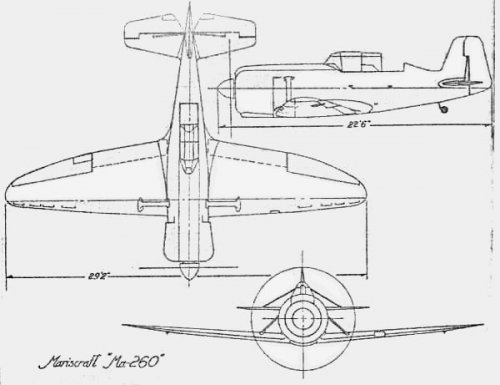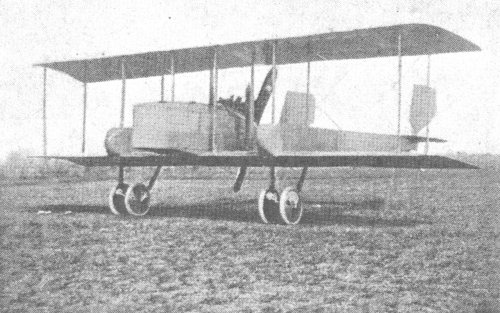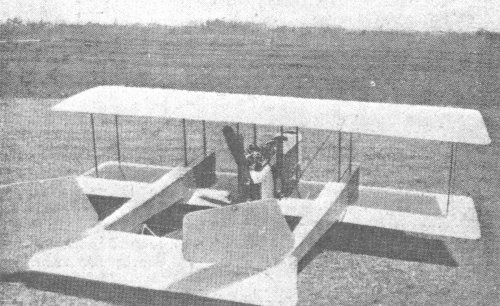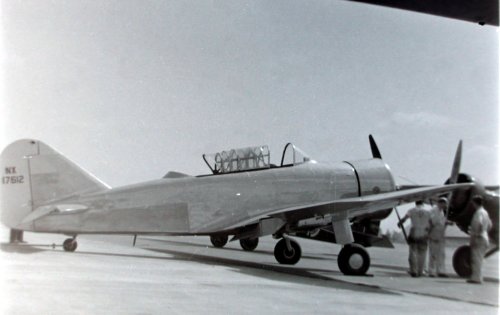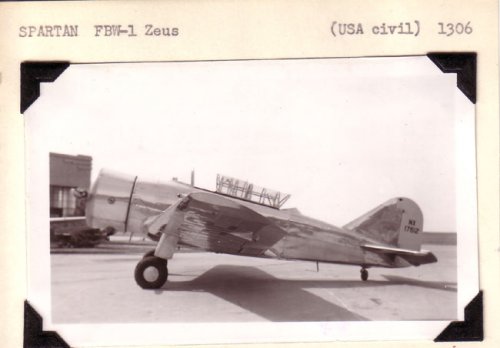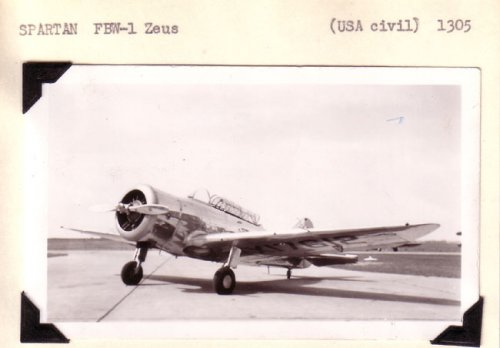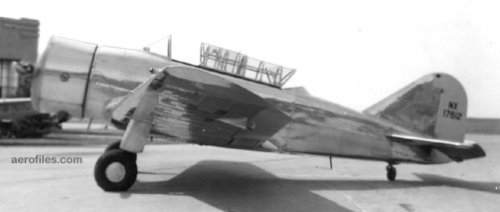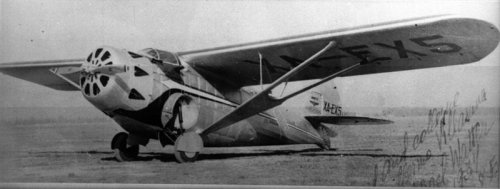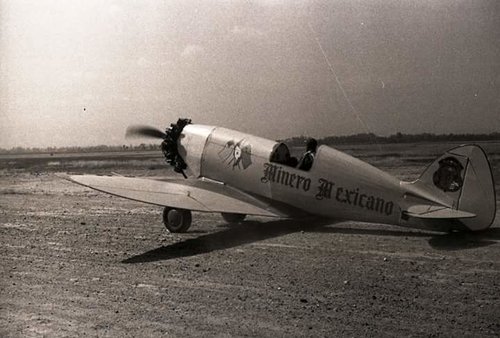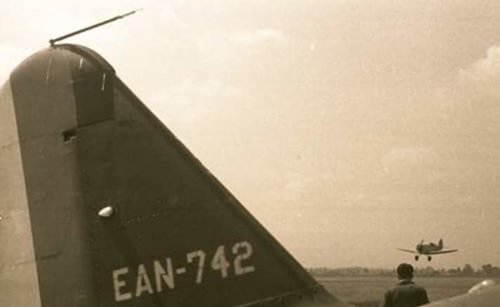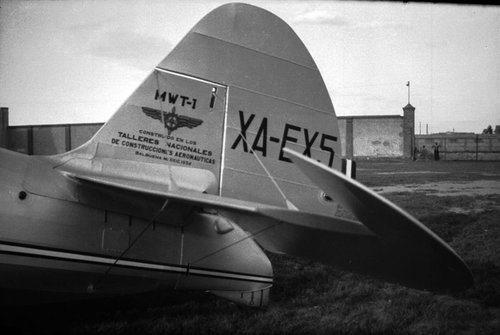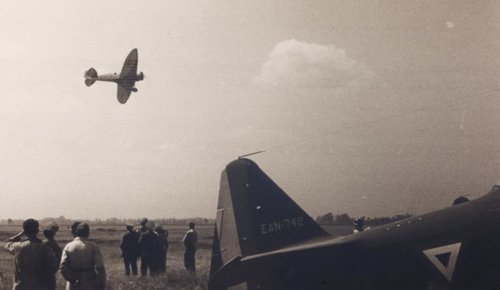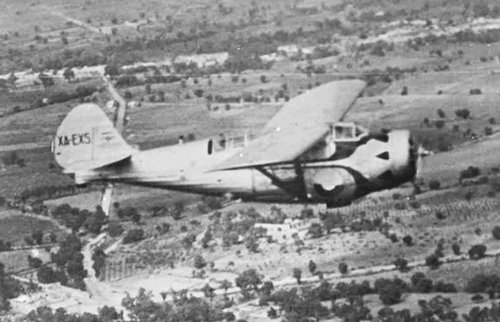Hawker Nut
ACCESS: Restricted
- Joined
- 13 November 2008
- Messages
- 37
- Reaction score
- 4
Hello! This is my first post. No more staring at the fence, so here it goes: I have been trying to find reliable information on an elusive Mexican aircraft manufacturer active at the end of the 1930s, by the name of Mariscraft. I found a single Mariscraft MA-185 listed here: http://www.worldairforces.com/Countries/mexico/mex.html
In a case similar to the one of the AEKKEA-RAAB designs, discussed in a previous thread, I wasn't able to locate a single photo of this mysterious machine. Anyway, and since it seems to have been built, please feel free to move the post to a more appropriate thread.
Thanks in advance.
Regards,
HN
In a case similar to the one of the AEKKEA-RAAB designs, discussed in a previous thread, I wasn't able to locate a single photo of this mysterious machine. Anyway, and since it seems to have been built, please feel free to move the post to a more appropriate thread.
Thanks in advance.
Regards,
HN

